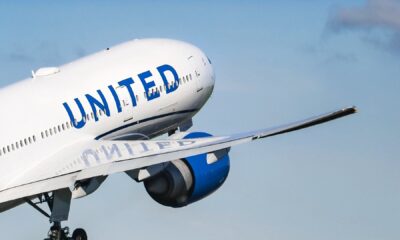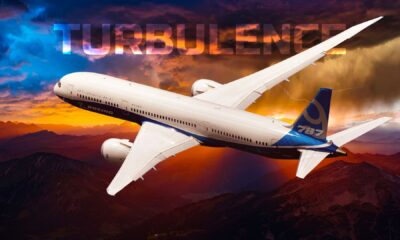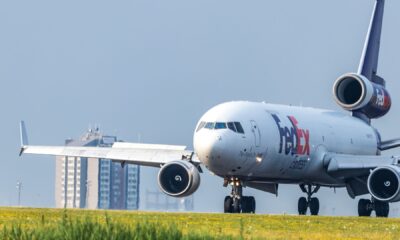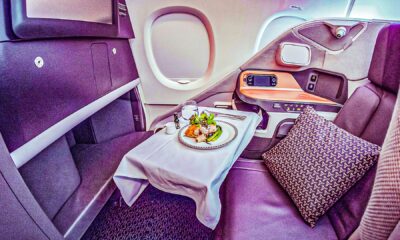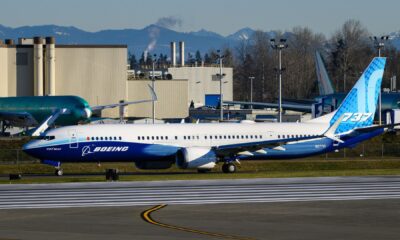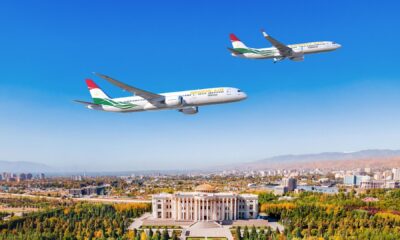World
Boeing 777 Operating Costs Soar: What to Expect in 2025
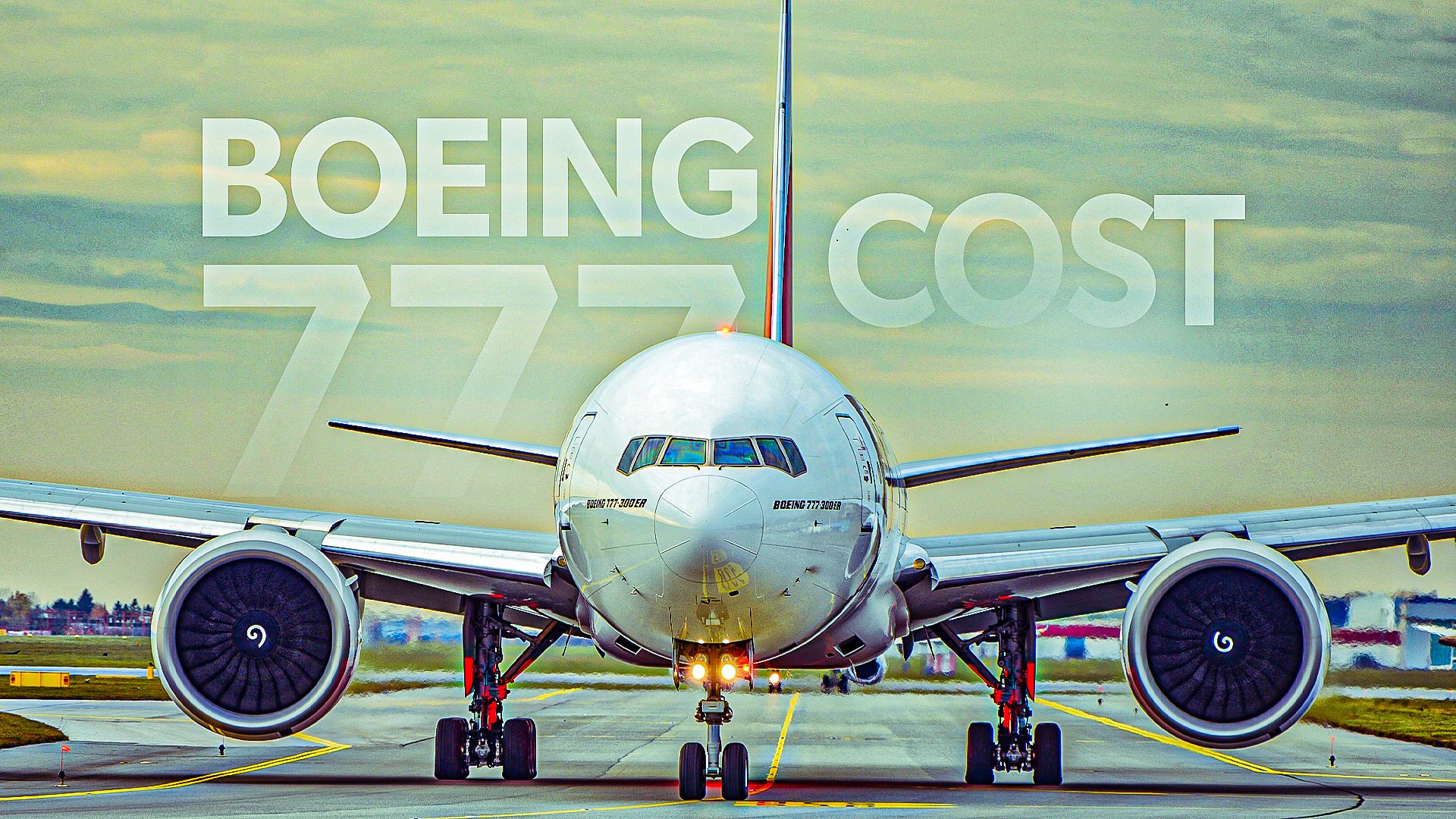
The financial implications of operating a Boeing 777 are significant, particularly as the aviation industry navigates a complex recovery landscape. In 2025, airlines can expect to spend approximately $18,000 to $19,000 per flight hour to operate a mid-life Boeing 777-300ER. This figure underscores the substantial ongoing costs that airlines face, even as they await the arrival of the new Boeing 777X, which is not expected until 2027.
Understanding the Cost Breakdown
The operating costs of a Boeing 777 are influenced by a variety of factors. These include fuel prices, airport fees, crew salaries, and maintenance expenses. Jet fuel remains a primary driver of operational costs, with the Boeing 777-300ER consuming between $5,000 and $6,000 worth of fuel hourly. Given current fuel prices of around $2.50 per gallon, this translates to over $1.5 million in fuel expenses each month.
Airlines also incur significant costs for crew and personnel, averaging around $2,000 per flight hour. This figure typically covers salaries for pilots and cabin crew, with pilots earning considerably more than their cabin counterparts. The variation in wages can be substantial, depending on the region, with airlines in the United States often paying more than those in countries with lower wage structures.
Airport fees add another layer of expense, with costs varying significantly based on location. For instance, at New York’s JFK Airport, the landing fee is approximately $7.43 per 1,000 pounds of maximum take-off weight, which for a Boeing 777 can amount to between $5,000 and $7,000 per landing.
The Leasing Landscape and Market Value
Leasing a mid-life Boeing 777-300ER is estimated to cost around $450,000 monthly, equating to approximately $15,000 daily or $1,540 per flight hour, based on typical flight hours. This cost is notably lower than that of newer aircraft such as the Boeing 787-9 or Airbus A350-900, which command monthly leasing rates exceeding $1 million.
The market value of a mid-life 777-300ER stands at around $80 million, indicating a significant investment for airlines. In contrast, a new Boeing 737 MAX or Airbus A320neo typically ranges between $55 million and $70 million. Airlines may find older 777 models from the 1990s available in the $30 million to $50 million range, but well-maintained, midlife aircraft come at a premium.
Maintenance costs also play a crucial role in overall expenditure. Maintaining a mid-life Boeing 777 can exceed $1 million per month, translating to an additional $3,000 to $4,000 per flight hour. Much of this expense stems from engine maintenance, which is often the most costly aspect of aircraft upkeep.
In summary, operating a mid-life Boeing 777-300ER entails significant financial commitments, with airlines potentially spending around $5 million monthly. The interplay of fuel prices, maintenance, crew costs, and leasing fees creates a diverse landscape of expenses that can vary dramatically based on operational factors. As the industry adapts to market shifts and anticipates new aircraft developments, understanding these costs will be vital for airlines navigating the evolving aviation environment.
-

 Politics4 weeks ago
Politics4 weeks agoSecwepemc First Nation Seeks Aboriginal Title Over Kamloops Area
-

 World5 months ago
World5 months agoScientists Unearth Ancient Antarctic Ice to Unlock Climate Secrets
-

 Entertainment5 months ago
Entertainment5 months agoTrump and McCormick to Announce $70 Billion Energy Investments
-

 Science5 months ago
Science5 months agoFour Astronauts Return to Earth After International Space Station Mission
-

 Lifestyle5 months ago
Lifestyle5 months agoTransLink Launches Food Truck Program to Boost Revenue in Vancouver
-

 Technology3 months ago
Technology3 months agoApple Notes Enhances Functionality with Markdown Support in macOS 26
-

 Lifestyle3 months ago
Lifestyle3 months agoManitoba’s Burger Champion Shines Again Amid Dining Innovations
-

 Top Stories2 months ago
Top Stories2 months agoUrgent Update: Fatal Crash on Highway 99 Claims Life of Pitt Meadows Man
-

 Politics4 months ago
Politics4 months agoUkrainian Tennis Star Elina Svitolina Faces Death Threats Online
-

 Sports5 months ago
Sports5 months agoSearch Underway for Missing Hunter Amid Hokkaido Bear Emergency
-

 Politics5 months ago
Politics5 months agoCarney Engages First Nations Leaders at Development Law Summit
-

 Technology5 months ago
Technology5 months agoFrosthaven Launches Early Access on July 31, 2025

